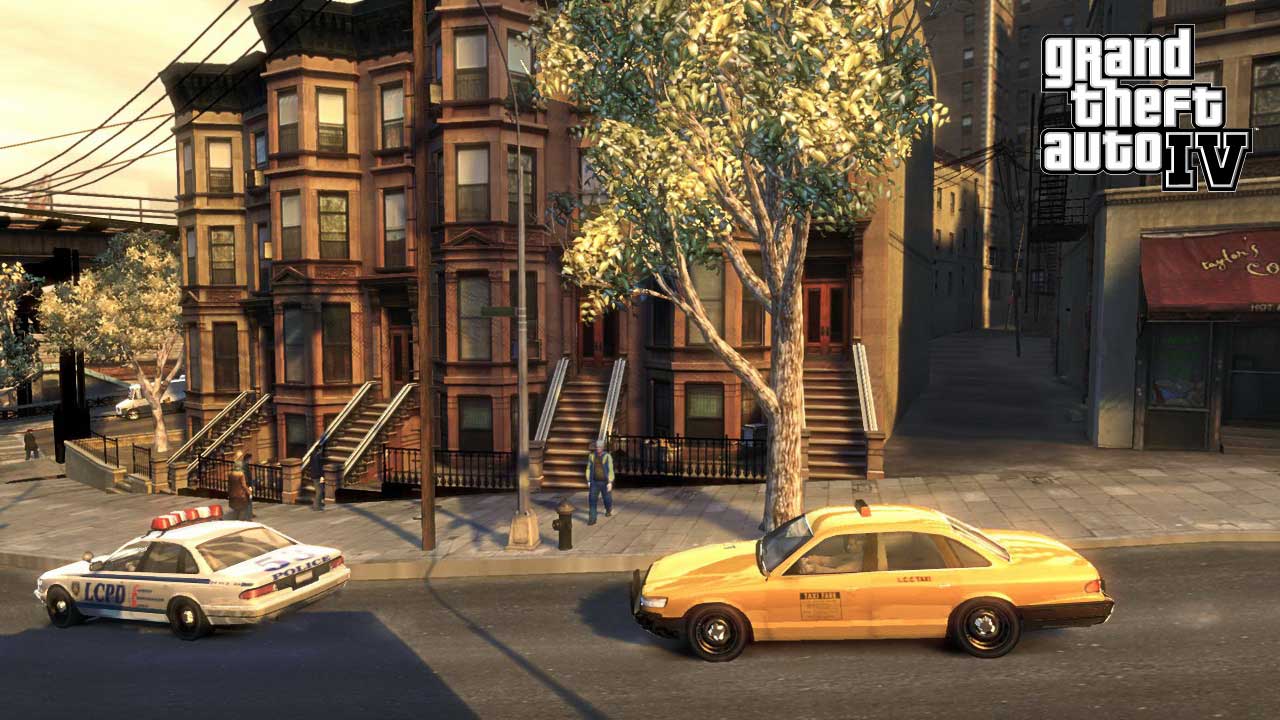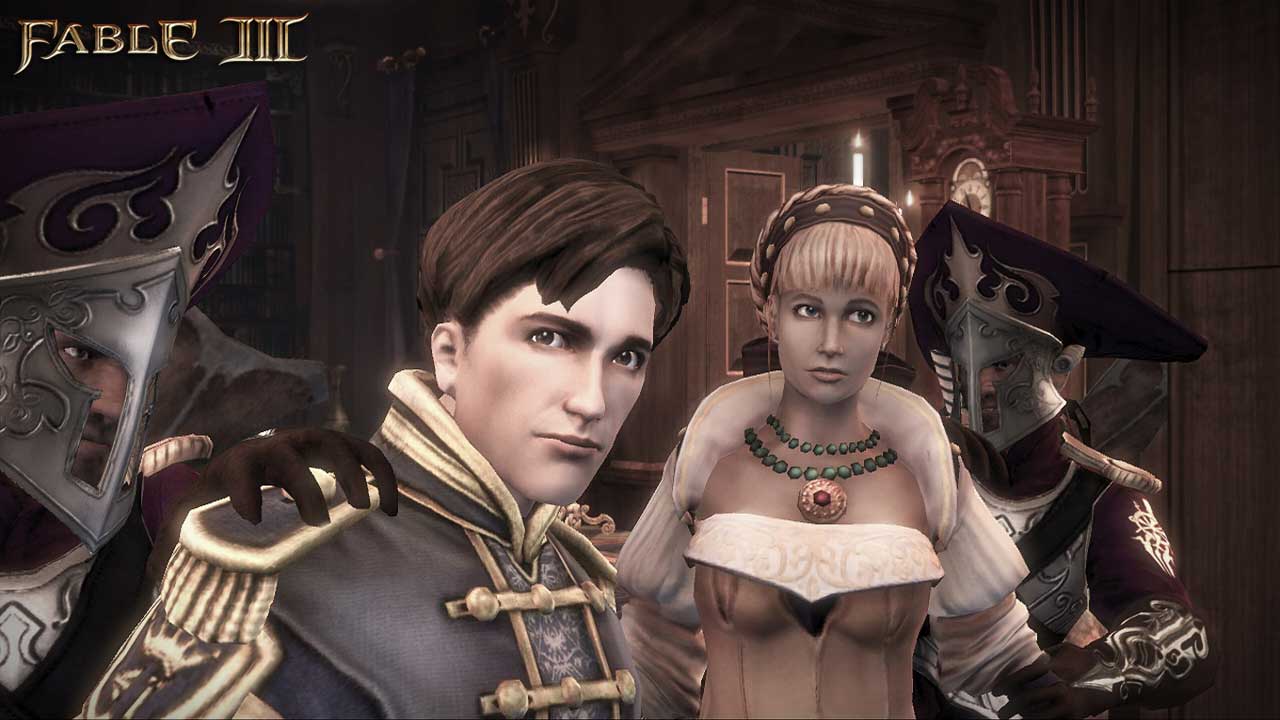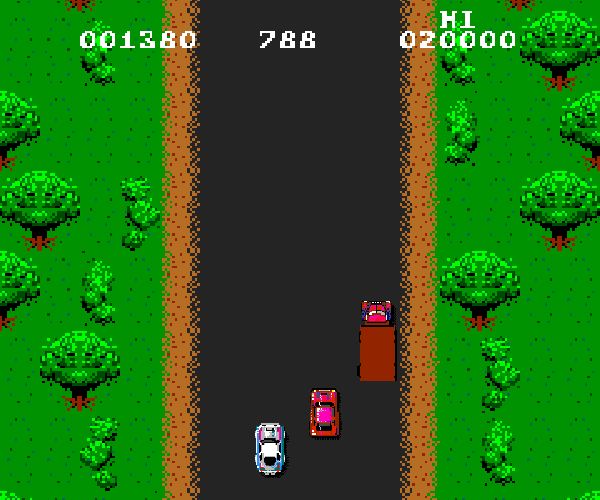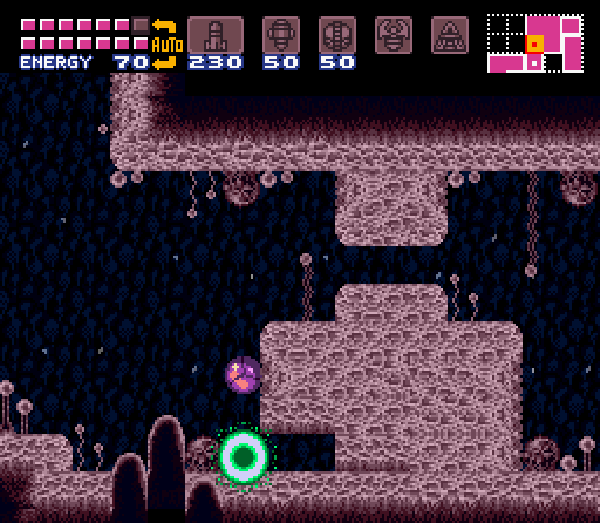
Featured Blog | This community-written post highlights the best of what the game industry has to offer. Read more like it on the Game Developer Blogs or learn how to Submit Your Own Blog Post
Smooth Transitions
Why transitions that utilize traditional film effects (cuts, wipes and fades) are not the most optimal solution for videogames.

Videogames are filled with transitions: loading new levels, initiating scripted sequences, obtaining special powerups, etc. These are often accompanied by the familiar wipes, fades and cuts of the film industry.
The effects themselves mask pit-stops necessary for resource (re)allocation. The segmentation also creates a natural variety and lets developers work on separate parts of the game that are only later stitched together.
In short, these transitions are functional. However, they are not smooth.
segue, n.
A quick and uninterrupted change to the player's avatar or surroundings that often facilitates new gameplay.
The above definition is rather nebulous, but it's based on a simple concept: a smooth flow keeps the player immersed. Segues do this by removing the awkward parts of transitions that break immersion, namely disorientation and helplessness.

GTA_IV
Some of GTA IV's more hyperbolic praises were attributed to its seamless world and the ability to carjack any vehicle...Disorientation can take place quite easily as the camera cuts to a different point of view, or a different scene entirely. All of a sudden the player is expected to parse the change -- to keep up with the fast-forwarding presentation -- while filling in the gaps. Humans are quite good at this, but it's a somewhat taxing effort that's easy to get wrong.
Helplessness is strictly rooted in ignoring player input. Videogames are inherently interactive, and taking away control to show a transition strips the player of engagement. Plus, it's never fun to wait on a loading screen.
Of course many videogames are quite abstract, but for the most part the medium tries to simulate various facets of the real world. There are no "bumpy" transitions in everyday life -- aside from maybe losing consciousness -- so it makes sense to limit them in videogames as well. That's not always possible, but if the choice is there, it should be an easy one to make.

Fable_3
...while Fable 3's most common criticism seems to be its anything-but-smooth hand-shaking minigame.As hardware, technical design, and production methodologies have advanced, so has our ability to implement segues. Vehicle sections now take place in the same maps as on-foot action, level geometry gets dynamically streamed in, scripted sequences play out as the player explores the environment, etc. These are almost universally praised as they make for some very memorable moments, but smooth transitions have been around for a long while.
Here are just a few of my favourite examples:
1). Spy Hunter's Boat Segments

Spy_Hunter
Spy Hunter was famous for giving players the ability to drive into the back of a moving truck. This was done at full speed without any camera wipes, but it wasn't even the game's greatest segue. No, that honour goes to the car-to-boat segments.
These had the player race through a dockside garage only to emerge in a different vehicle without slowing down for a second. It wasn't the most realistic transition, but like many moments in Spy Hunter, it perfectly emulated the craziness of action-movie sequences.
http://www.youtube.com/watch?v=aC4tYBtDABQ#t=3m26s
2). Metroid's Morph Ball

Super_Metroid_Morph_Ball
The Morph Ball has been a staple of the Metroid series since the inaugural title, and has always been an excellent example a segue.
Turning Samus into a diminutive sphere is effortless and presents the player with an all new moveset. The morph ball's abilities also grant the player new options for combat and exploration, and switching between the two modes is quick and easy (even in the somewhat underrated 3D sequels).
http://www.youtube.com/watch?v=4H9ZYsfvZOk#t=1m39s
3). Lost Odyssey's Intro

Lost_Odyssey_Intro
Lost Odyssey's FMV opening depicts a dark and epic battle. As the presumed hero fights his way through the ranks of bizarrely armed soldiers, there's a brief pause in the action. The camera pans around, and a menu pops up! All of a sudden the player is in the game, and it's waiting for his input!
There's a slight hitch here, but it's barely noticeable and makes for a fantastic intro. Sadly, the rest of Lost Odyssey is a veritable catalogue of awkward segues.
http://www.youtube.com/watch?v=xzyyfAXqPZ8#t=2m30s
What are some of your favourite examples of smooth (or bumpy) transitions?
Radek Koncewicz is the CEO and creative lead of Incubator Games, and also runs the game design blog Significant-Bits.
Read more about:
Featured BlogsAbout the Author(s)
You May Also Like







.jpeg?width=700&auto=webp&quality=80&disable=upscale)








